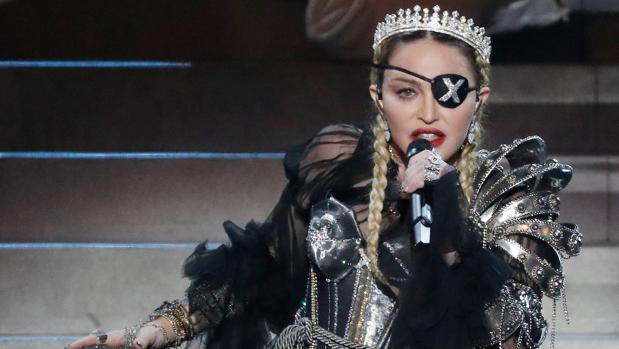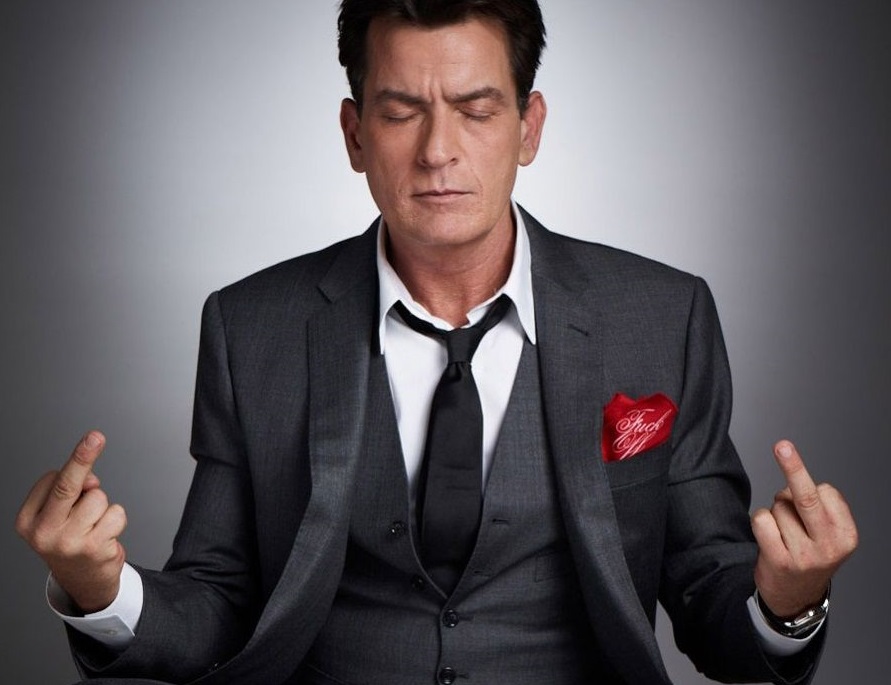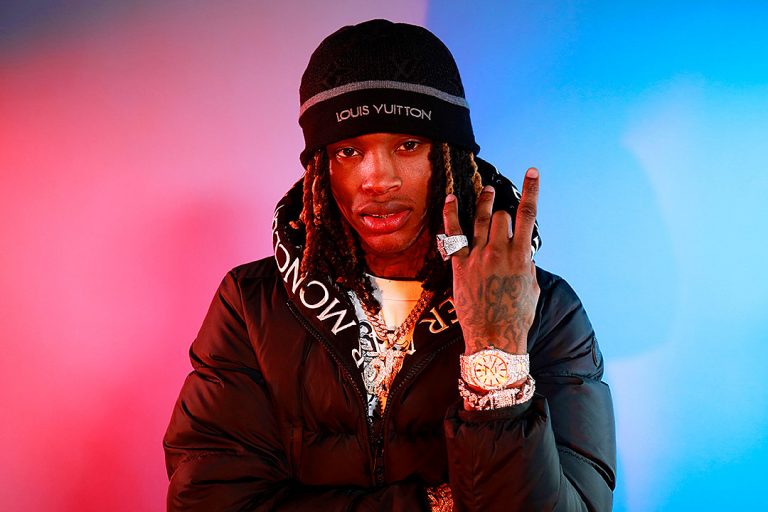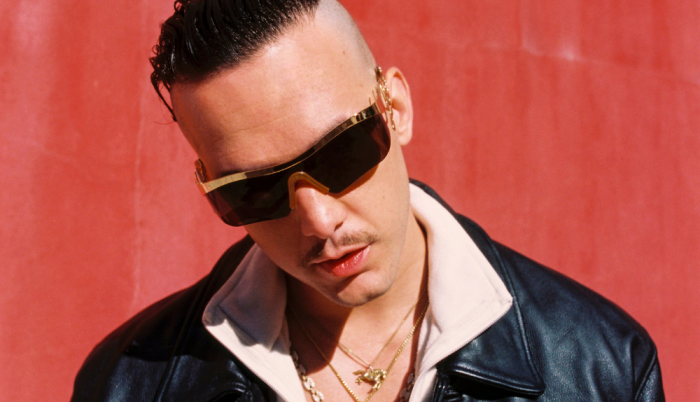_
Are you hearing the word drill a lot and feel a bit lost? Have you heard drill tracks and don’t understand how it differs from trap? Do you want to know more about this genre and why it is difficult to differentiate it from trap? Are you scared because you see that the world is changing so fast and musical genres are atomising to extreme levels? Calm down! You’re in the right place and I’ve come to quench your thirst for knowledge.
What is drill? The origins of something big
Drill is basically the little brother of trap, and both form what would be a hardened facelift of “old school” American rap. The hardness of their rhythms, the autotune and that attitude of generating an illegal heritage understood as a countercultural aspect have turned them into mainstream sub-genres, both generational heirs of the old rap, that which was self-perceived as a countercultural and alternative genre, a chant of poverty and racialised protest.
But focusing a little more on drill, its birth took place on the other side of the pond, in this case in the city of Chicago. And just as happened in the cases of rap and trap, this genre arrived a few years late to Spain, but also came to stay.
But what has reached us is not the original Chicago drill, but a very different one. The characteristic rhythms of today’s drill come from the United Kingdom, a country from which they emigrated two years after their emergence in 2010 in Chicago. And it is in the UK that drill evolved and acquired the rough, dark and commercial aspect that is attributed to it today.
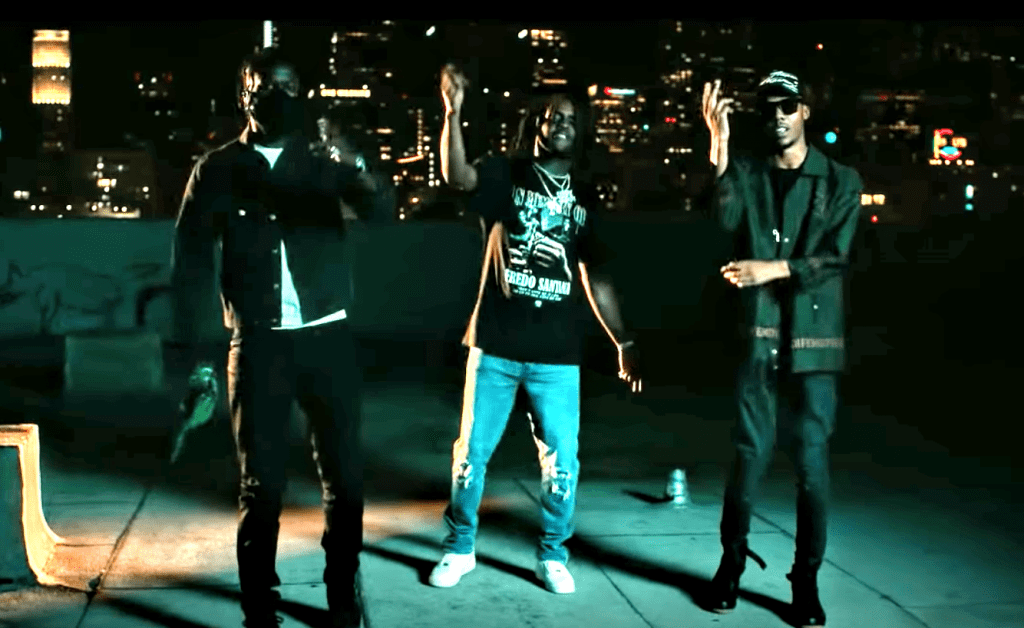
The drill gained a lot of traction when it left England, and in 2019 Pop Smoke managed to popularise it in the USA, making it definitively take root in youth music culture. It was more of a “relaunch” of sorts. After Smoke came a series of artists who established it: Gunna, Drake, Quavo or Travis Scott among the most important.
What is the difference between drill and trap??
Well, apart from having their characteristic and customised dances (which represent the differentiation with respect to trap as far as body language is concerned), there are quite noticeable changes in the tracks, especially in the percussion and bass, which are the instruments that give this music its face.
On the bass side, instead of being a distorted sub bass 808 sound, it is much “smoother” and tends to be a sine wave (of a single basic frequency) that moves alternating short and long intervallics, always with glide (glissando). Otherwise the lyrics are equally aggressive and deal with money, drugs and gangsters. Nihil novum sub sole.
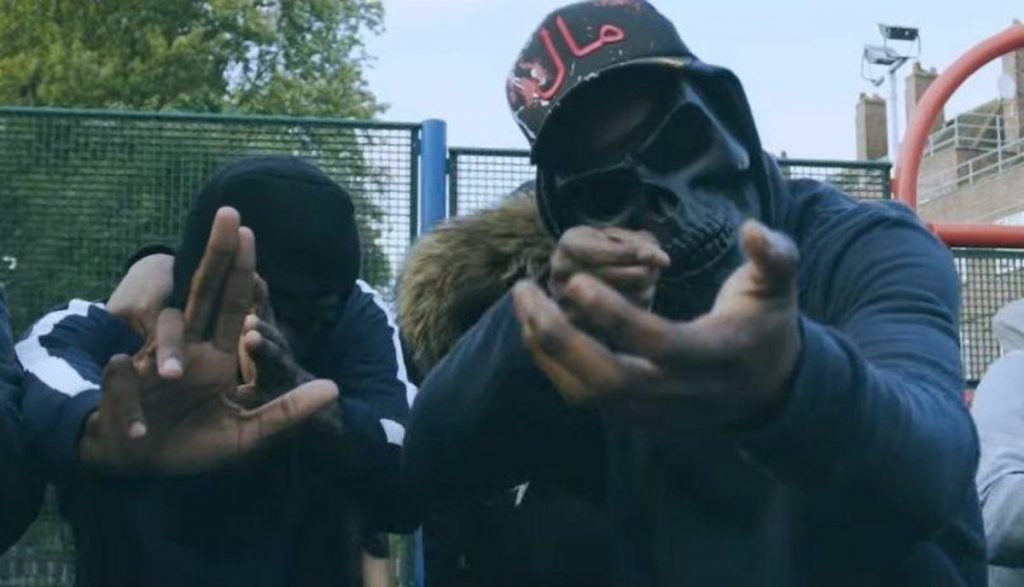
As for the rhythm, we could say that it is different and at the same time very similar: it has a very separate beat in terms of beats, that is, the bass drum comes like lightning and then everything remains static with one or two hi hats making an almost danceable or “vacilón” rhythm, similar to the rhythms of the afro beat. Then, when a few beats go by without the bass drum, suddenly it takes three or four hits as if it were a boxer cornering another in the corner of the ring. And just as in trap, the bass drum is always accompanied by the bass, which also disappears in this static part in which the hi hats and ambient sounds stand out alongside the vocals. In this aggressive return in the form of a combo is where the glide of the bass and the intervallic 8th, 9th or even beyond the 10th is noticeable. This also happens in trap, but not in such a standardised way.
Is there a history of drill in Spain?
Unaccountably yes! In reality it exists because it can already be called a school, a school that seems practically cryogenic. It’s amazing how the passion of the local kids to be music stars has led them to start releasing songs and music videos with discipline and effort. Thanks to this awareness we now have several artists hitting hard in Spain in the drill.
The curious thing is that normally the schools of each genre are generated very gradually, but in this new world of globalisation complete groups of influential artists with a high technical level emerge in a matter of months.
Is this the end of trap?
About this drill… can it ever supplant trap? As usual, we deny the title of the blog: there are currently a lot of drill tracks on the market, and several of them have gone viral, especially in the Anglo-Saxon world. But it’s not clear to me that it can become a commercial genre, at least not for club playlists, because it’s darker than trap and, as I said, its nature demands a rhythm with beats very far apart in time, and it’s well known that constant percussion is usually an important attraction for both the industry and the consumer. But never say never, the life of crime and suburbia has already gone mainstream once.
Anyway, I hope you have enjoyed this blog and as always I leave you here a few related ones. Remember that here you can buy drill, rap, trap, dembow, pop, reggaeton beats, etc! See you next week!

